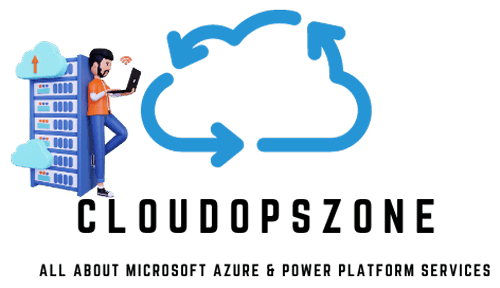In a previous article, I wrote about “Power Platform Pipelines – Installation“; in this one, I’m describing how you can configure and run a Pipeline to deploy a solution from a development environment to a Target (Test) environment.
This article aims to help readers understand how to configure and run a Power Platform Pipeline. In this guide, I will use two environments: a Development (Source) environment and a Test (Target) environment. You can, of course, create different pipeline topologies based on your organisation’s specific needs.
Add a Development and Target environment
To set up the Dev and Test environments, follow the steps:
In the left pane, select Environments, and then choose + New from the command menu at the top to add a new environment.

Fill in the details below:
- Name: The environment name
- Owner: This is usually your user account
- Environment Type: Choose from the drop-down between Development and Target Environment. (In my case, it is the dev environment, so I have chosen “Development Environment”)
- Environment ID: This is the ID from the Development environment

Wait a minute, then hit the refresh button. You’ll see the validation status change to success.

Now let’s add the target environment.
Fill in the details below, like you did for the dev environment earlier.
- Name: The environment name
- Owner: This is usually your user account
- Environment Type: Choose from the drop-down between Development and Target Environment. (In my case, it is the dev environment, so I have chosen “Target Environment”)
- Environment ID: This is the ID from the Test environment

In just a few minutes, you will see that the validation status of the Test Environment is marked as “Success.”

Create the Power Platform Pipeline
To create a new pipeline, navigate to the left pane and select Pipeline Setup, then Pipelines, and finally click on + New.

Enter a name and click the Save button to enable the remaining pipeline settings.

Connect the environments to the new Power Platform Pipeline.
In this section, I will connect the two environments to the newly created pipeline. Since both environments already exist, I will select to add the existing deployment environment.

Then, select the development environment and click the “Add” button.

After adding the record, the Development environment will appear under the “Linked Development Environments” subgrid.

Once the development environment is linked, proceed to add the target environment in the Deployment Stages subgrid. Click the + New Deployment Stage button to include the test environment.

Configure the New Deployment Stage for the test environment by filling out the details below:
- Deployment Pipeline: This field is automatically populated as there is only one deployment pipeline record in my tenant.
- Target Deployment Environment ID: Select the Test Environment from the lookup list.

Ultimately, you will have both the Development and Target environments, such as Testing, within the subgrids.

Run the Power Platform Pipeline
In the final section of this article, I will execute the pipeline to deploy a solution from the Development environment to the Test environment.
Navigate to the makers portal https://make.powerapps.com, and from the top right section, choose the development environment.
Access the solution you desire to deploy to the target environment from the Solutions section.

On the left-hand pane, tap on the Pipelines option

Then press the button Deploy here

The Deploying Solution pane will appear on the right side of the portal. Click the Next button.

The Pipeline validates the solution resources.

Next, review and adjust any related connections to the solution resources, then click Next.

To initiate the Solution deployment from the Dev to the Target environment, choose Deploy.

The deployment will kick off right after that.

After the deployment process finishes, you will see the results in a few minutes, as shown in the image below.


